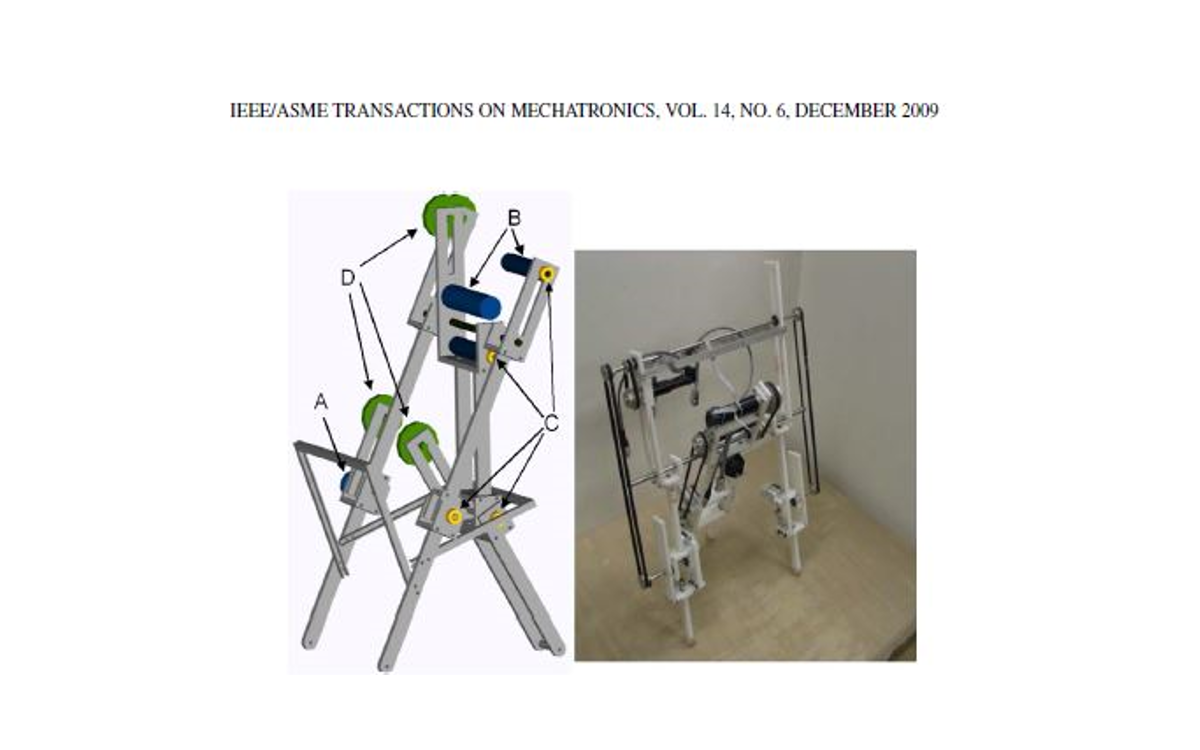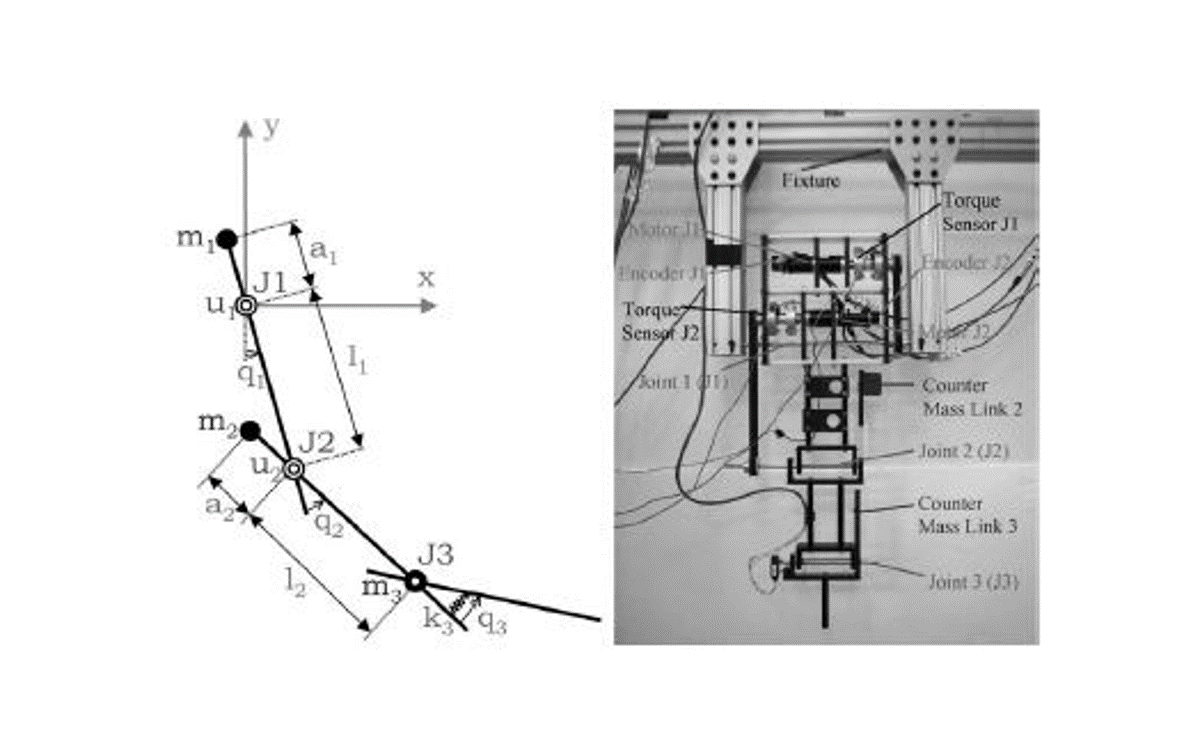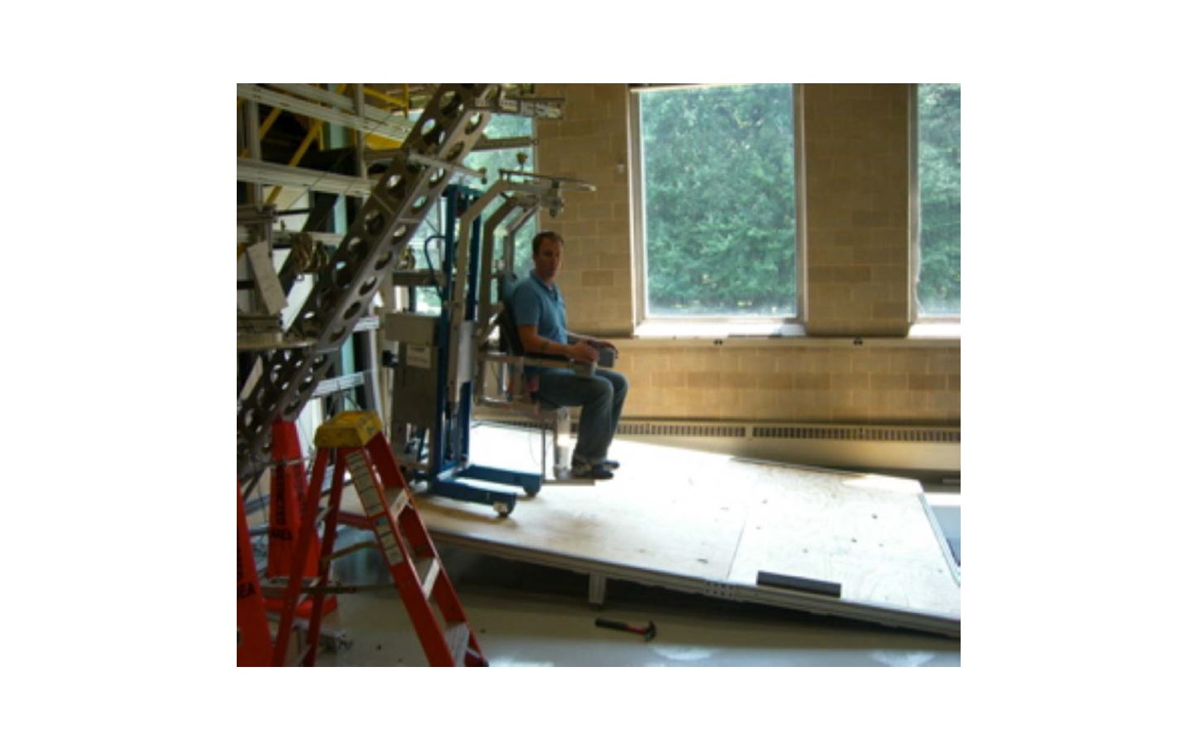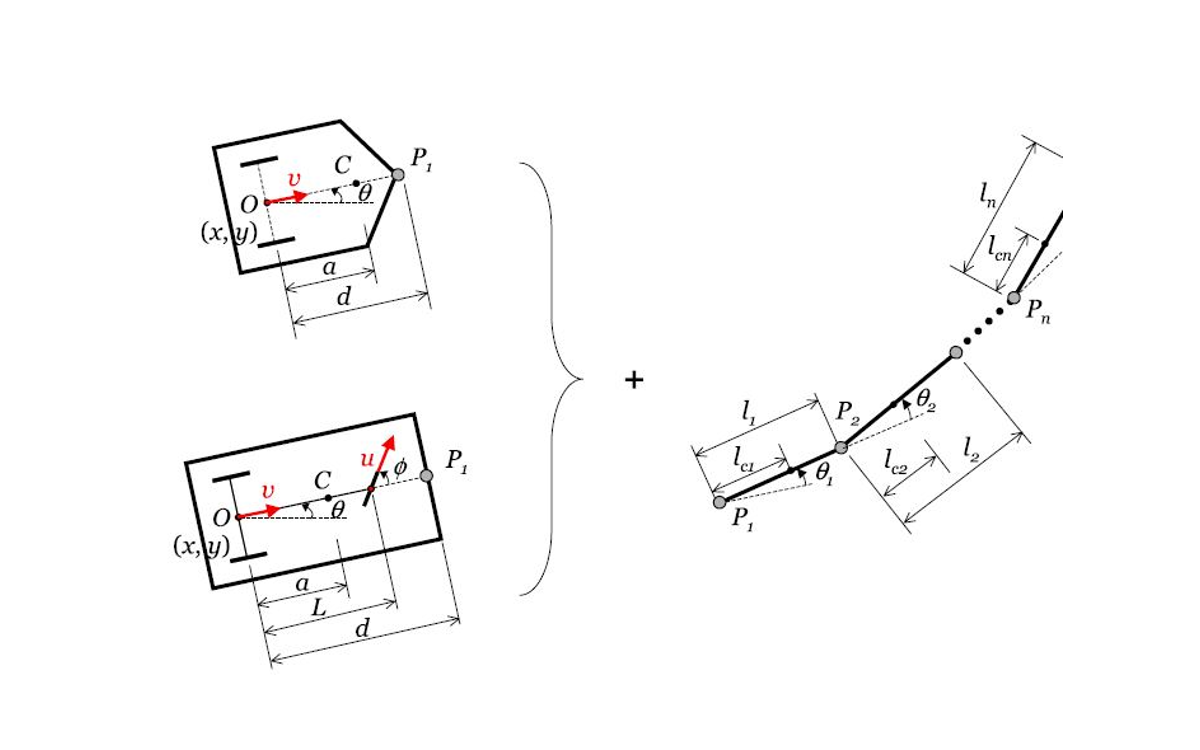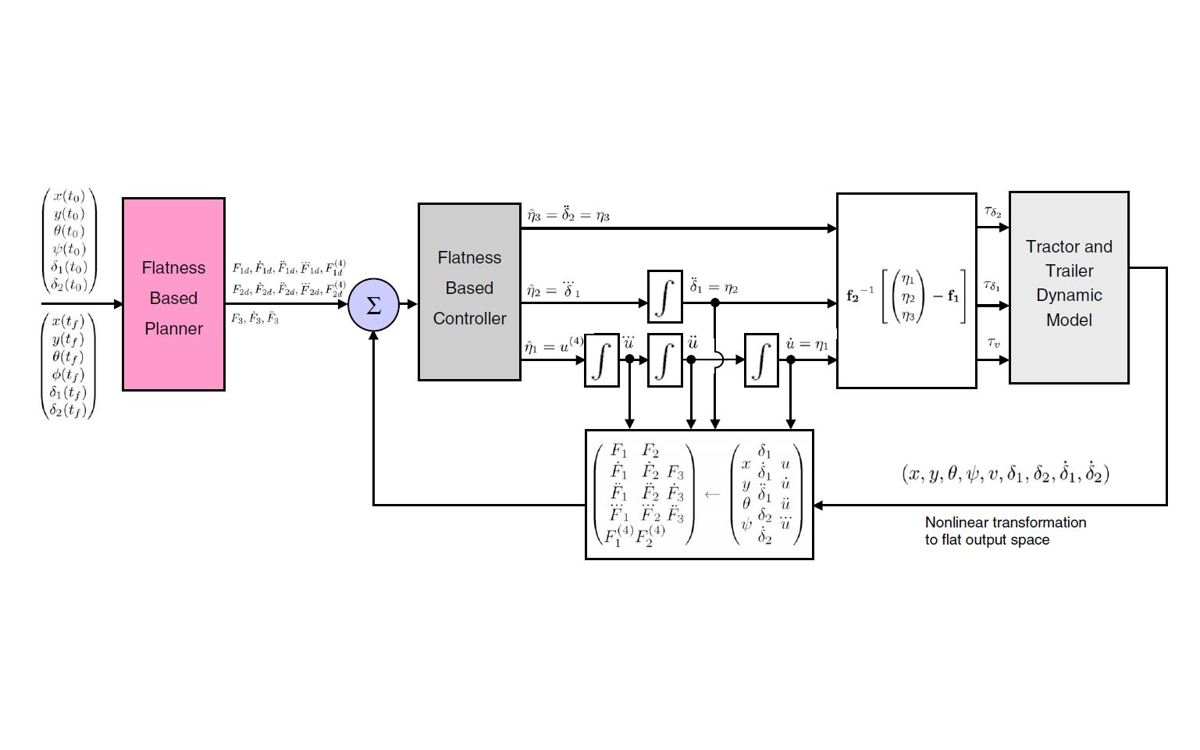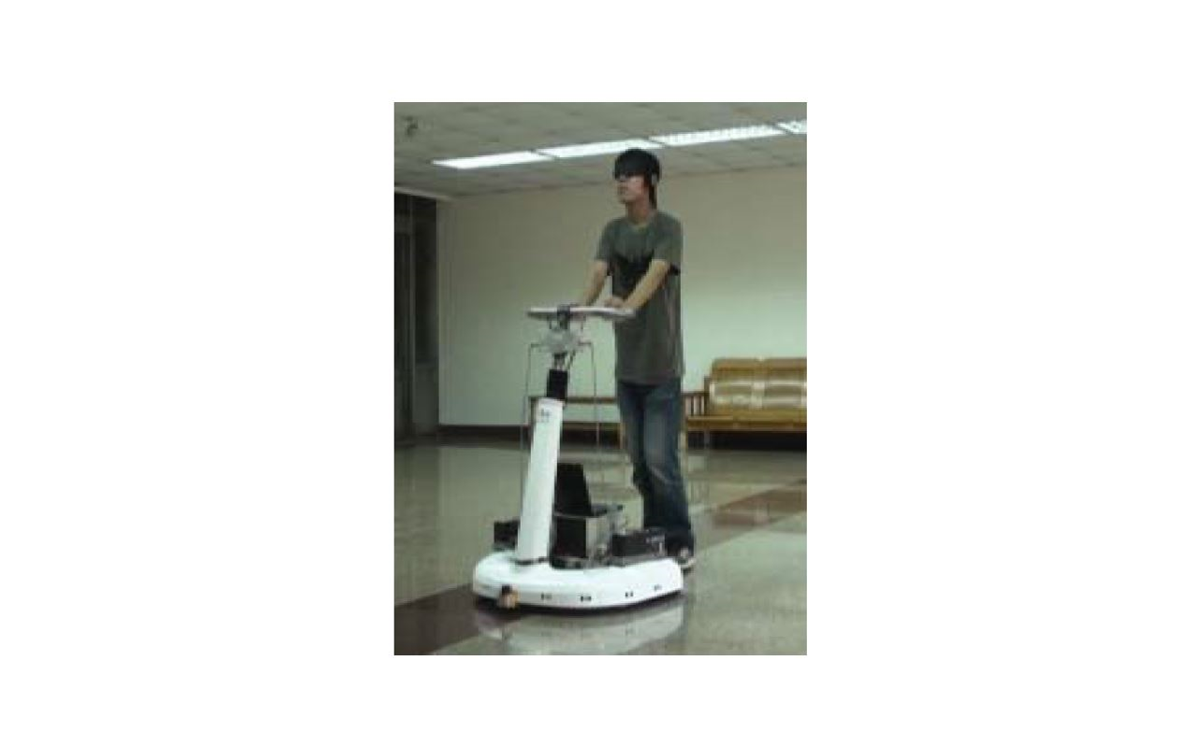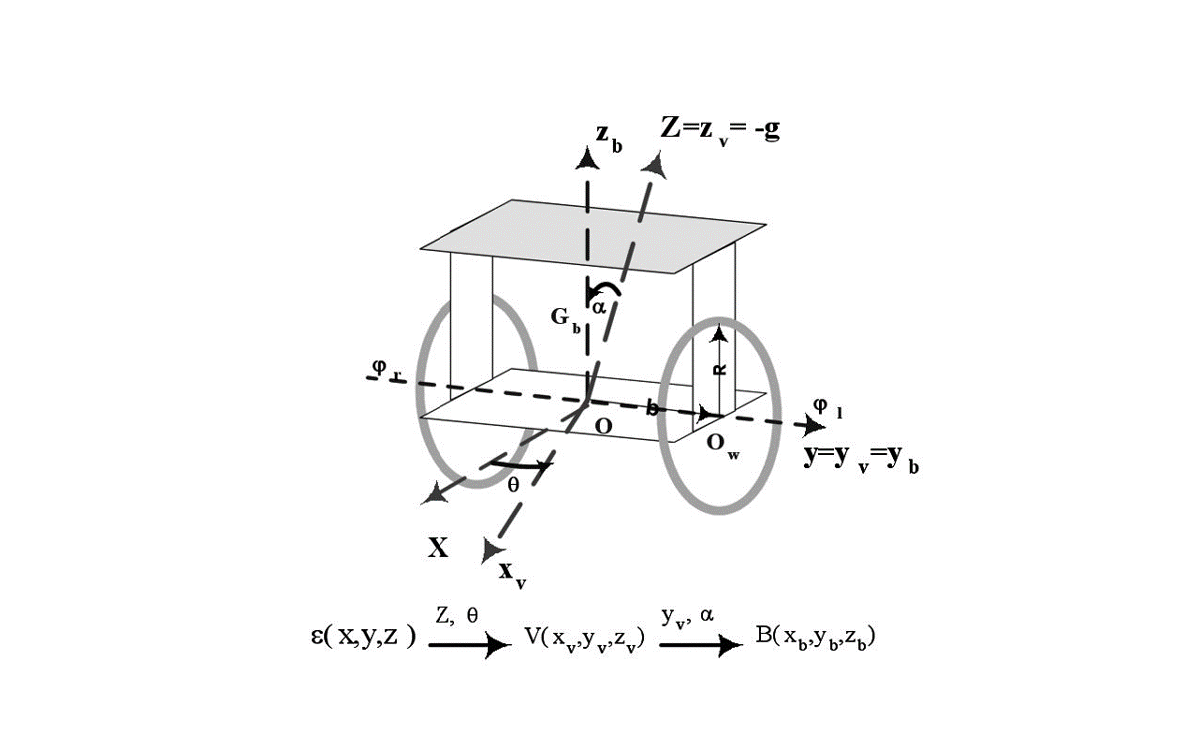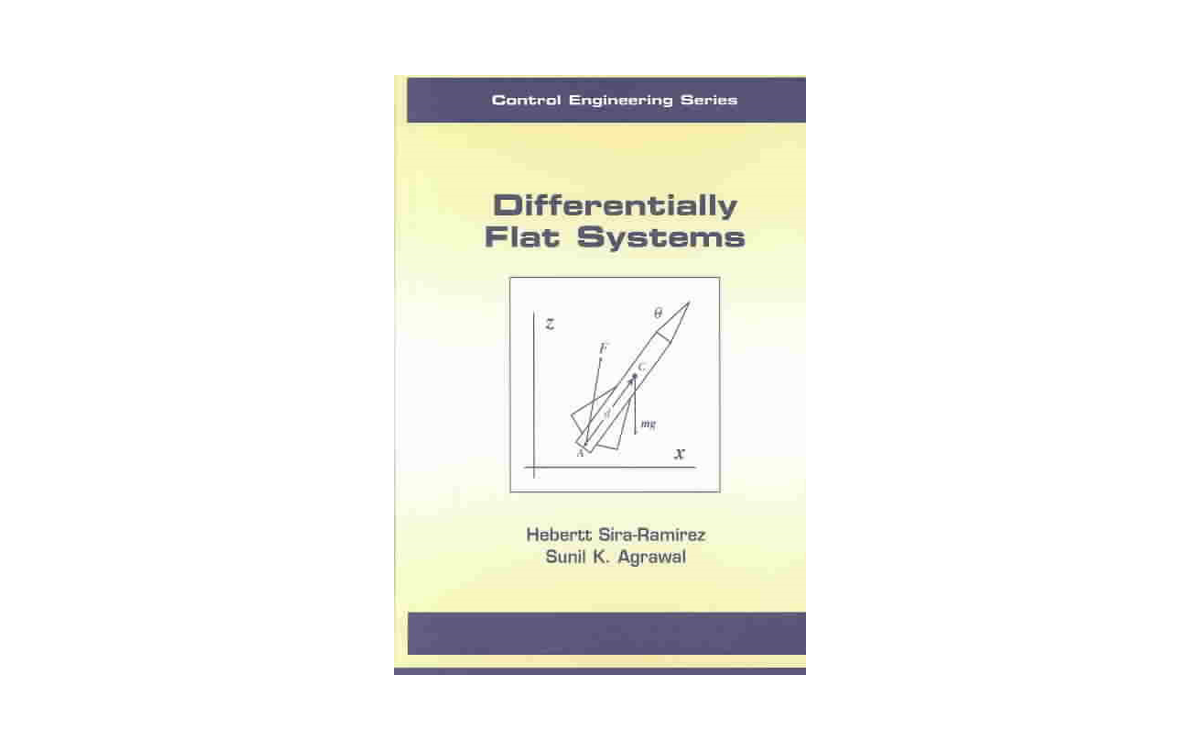Classes of nonlinear dynamic systems can be transformed to linear and controllable forms using static and dynamic feedback. These structures often arise in dynamic equations of open and closed-chain robots, mobile vehicles, and chemical reactors. In some cases, the dynamic equations of a system may not naturally be in a differentially flat form. However, one can redesign a system through geometry and inertia distribution to make it in a differentially flat form. These techniques have been demonstrated for number of different systems, including design of manipulator arms and mobile vehicles.

